| Lesson 1: The silence of Vietnamese rice. Agricultural exports: 80% have not yet built a brand. |
Difficulty from national brand
Following the Government's orientation in the Socio-Economic Development Plan, along with the orientation of key agricultural product axes at the national, provincial and local levels, the Ministry of Agriculture and Rural Development issued Circular No. 37/2018/TT-BNNPTNT dated December 25, 2018 identifying 13 key national agricultural products, including: Rice, coffee, rubber, cashew, pepper, tea, vegetables, cassava and cassava products, pork, poultry meat and eggs, pangasius, shrimp, wood and wood products.
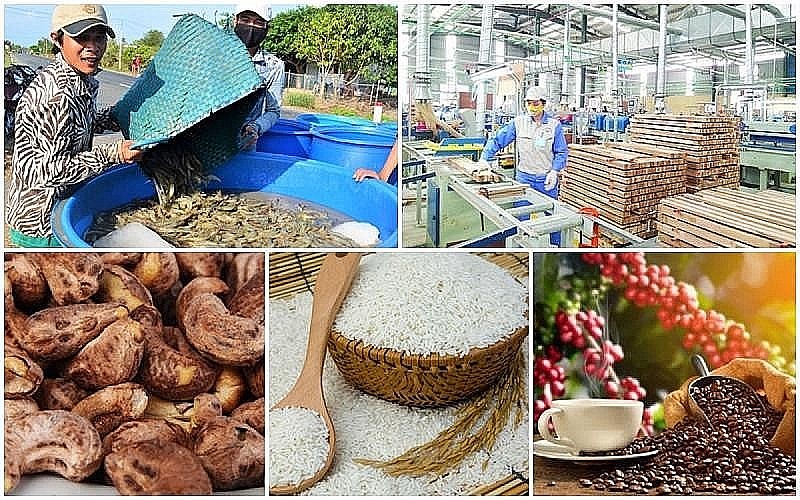 |
| Agriculture, forestry and fishery products are present in 180 markets. |
However, after 6 years of implementing Circular No. 37/2018/TT-BNNPTNT, only 2 products out of 13 key national agricultural products have been registered for protection in Vietnam, including: the certification mark "Vietnam Rubber" (owned by the Vietnam Rubber Association) and the certification mark "Vietnam Rice" (owned by the Ministry of Agriculture and Rural Development). The remaining products such as coffee, shrimp, pangasius... are still under construction.
With the "Vietnamese Rice" certification, Mr. Le Thanh Hoa - Deputy Director of the Department of Quality, Processing and Market Development (Ministry of Agriculture and Rural Development) - informed that, in accordance with Decision No. 706/QD-TTg dated May 21, 2015 of the Government, the Ministry of Agriculture and Rural Development has developed a rice certification label and issued the Regulations on the use of rice certification labels in Decision No. 1499/QD-BNN-CBTTNS dated May 2, 2018.
On August 9, 2018, the Ministry of Science and Technology granted the Certificate of National Certification Mark VIETNAM RICE to the Ministry of Agriculture and Rural Development as the owner and valid for 10 years. After that, the Ministry of Agriculture and Rural Development submitted an application for international registration of the certification mark "VIETNAM RICE" in more than 100 countries under the Madrid System, the application was sent to the World Intellectual Property Organization (WIPO). As a result, 21 countries recognized the Vietnam Rice Brand in the form of a Common Trademark and a Certification Mark.
Although the process of building and registering a trademark to building and developing it into a reputable and famous brand requires a lot of time, investment in human resources and material resources with a persistent and active process from the subject and related parties. However, since 2018, the announcement of the VIETNAM RICE Trademark has encountered some difficulties leading to slow implementation.
Firstly, regarding the management and implementation of the use of the "VIETNAM RICE" trademark, the Ministry of Agriculture and Rural Development issued Decision No. 1499/QD-BNN-CBTTNS dated May 2, 2018 on the Regulations on the use of the national certification trademark "VIETNAM RICE".
According to this Regulation, Chapter II, Articles 7 and 8 have provisions on national standards (TCVN) for white rice, white fragrant rice and white sticky rice. According to the regulations, the development and application of regulations or standards for agricultural products in general and national rice in particular requires a Council of experts to evaluate and appraise technical, socio-economic requirements, etc. to ensure clear identification of theoretical and practical requirements for the development of a standard/regulation.
However, regarding the content related to the review of administrative procedures, on June 16, 2018, the Government Office issued Official Dispatch No. 5722/VPCP-KSTT stating that the regulations on procedures for certifying the right to use the national certification mark Vietnam Rice in the Regulation issued with Decision No. 1499 mentioned above of the Ministry of Agriculture and Rural Development contain administrative procedures and do not ensure the criteria for regulating administrative procedures for implementation (based on the Law on promulgation of legal documents and Article 8 of Decree 63/2010/ND-CP dated June 8, 2010 of the Government on Control of administrative procedures).
Therefore, the implementation and use of the “VIETNAM RICE” Trademark in the domestic market has not been implemented yet. On the other hand, because Decision 1499/QD-BNN-CBTTNS is not a legal document, the management unit has not been assigned to implement the issuance of procedures for using the Rice Trademark.
Second, the trademark “VIETNAM RICE/VIETNAM RICE” is currently owned by the Ministry of Agriculture and Rural Development. During the period from 2019 to 2021, there were some opinions on transferring the procedures for transferring ownership/management rights from the Ministry of Agriculture and Rural Development to the Vietnam Food Association.
However, pursuant to Clause 4, Article 87 of the 2019 Law on Intellectual Property, it is stipulated that the agency/organization managing the use of the certification mark must have the function of controlling and certifying products, and must not conduct production and business.... Accordingly, the transfer of ownership of the national certification mark VIETNAM RICE/VIETNAM RICE to the Vietnam Food Association for management and use requires amending the Charter of the Vietnam Food Association, thereby adding the function of controlling and certifying products in the Charter of the Association.
Therefore, according to the provisions of the Law on Intellectual Property, the Ministry of Agriculture and Rural Development is the owner of the VIETNAM RICE Trademark, and needs to submit to the Government a document on legal regulations for the use and management of the VIETNAM RICE Trademark.
According to the provisions of the 2022 amended Law on Intellectual Property and related laws and legal documents, the provisions on trademark registration (regular trademarks, collective trademarks and certification trademarks) and geographical indications are quite clear and complete.
It can be seen that the registration dossiers of trademarks and geographical indications for rice of localities and enterprises need to ensure all legal and technical requirements to ensure no overlap/conflict with a registered trademark/geographical indication. In fact, many agricultural product trademarks/geographical indications have been successfully registered and are therefore protected by law throughout the entire territory of Vietnam, preventing trademark infringement such as counterfeiting and imitation of similar agricultural products.
However, the investment in developing those brands into trademarks was not done well and was not complete due to a lack of resources and weak and insufficient branding human resources, leading to unclear and incomplete promotion and communication of many brands to consumers and distribution channels, wholesalers and retailers.
Therefore, it is necessary to seriously consider whether the owners have submitted their trademark registration applications to the Department of Intellectual Property (Ministry of Science and Technology) correctly and completely. And most importantly, the investment in developing those trademarks into prestigious and famous agricultural brands in the minds of consumers as well as in distribution and commercial channels.
To local brands, businesses
Meanwhile, at the enterprise level, the ST25 rice brand protection course of Labor Hero Ho Quang Cua was also very difficult and costly. According to Mr. Ho Quang Cua, after ST25 rice won the world's best rice award in 2019, over the past 4 years, the enterprise (Ho Quang Tri Private Enterprise) has continuously had to deal with intellectual property rights infringement around the world, as well as domestically.
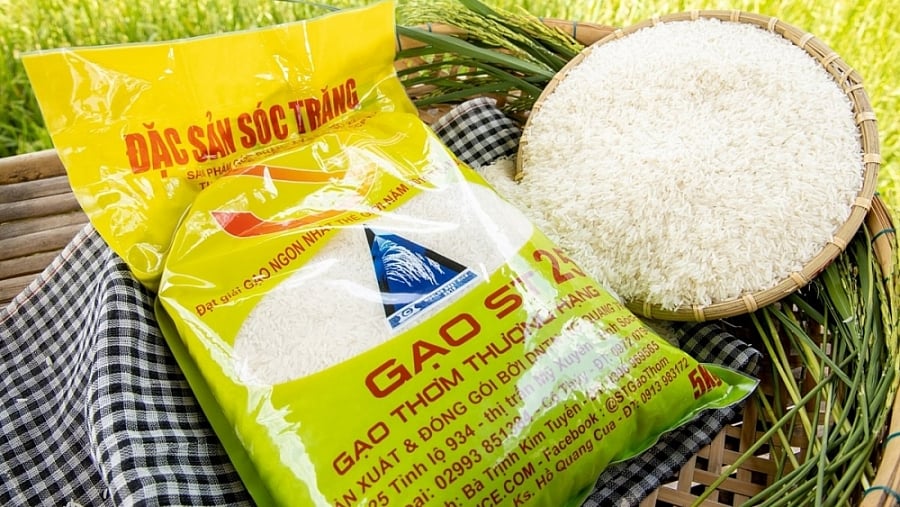 |
| Vietnam's ST25 rice wins world's best rice award |
Mr. Ho Quang Cua shared that after half a year of ST25 winning the award for the world's best rice, a company in the US registered the exclusive rights to the ST25 brand. If that move cannot be stopped, it means that from the US they will spread protection to other countries, making it difficult for Vietnam's ST25 to appear on the world rice market.
According to Mr. Ho Quang Cua, under the guidance of the Intellectual Property Office, the Vietnamese Trade Office abroad, it will take until September 2022 - ie 28 months from the time they register until the file is locked, that is the time we have to be patient, work with international lawyers, related parties... There are a total of 35 applications for exclusive protection of the keyword ST25, of which the US has 11 applications, Australia has 7 applications, Vietnam has 17 applications. They do not have to brand the rice, but they want to exclusively protect the word ST25 for resale.
At the end of December 2023, the “war” will end when the ST25 trademark is officially recognized in the US (previously recognized in the UK, EU, Hong Kong (China), China, Australia, Vietnam, etc.). Now, any Vietnamese enterprise that registers ST25 rice products under its own name will be protected in the US.
Returning to the story of the ST25 rice brand, Mr. Tran Thanh Nam - Deputy Minister of Agriculture and Rural Development - said that he had learned a painful lesson. The VIETNAM RICE brand was established in 2018 and was recognized for protection in 2020. He really wanted to apply it to ST25 rice to go global, but due to many problems, he has not been able to do so yet. "It is a pain, a waste of brand, while businesses are running back and forth to promote their brands" - Mr. Tran Thanh Nam added.
Meanwhile, regarding the results of building regional/local brands, specifically the building and development of geographical indication products, according to the Ministry of Agriculture and Rural Development, there are currently 130 geographical indications protected in Vietnam, including 13 foreign geographical indications and 117 Vietnamese geographical indications.
Phu Quoc fish sauce is the first geographical indication of Vietnam to be protected in Europe under strict European regulations. Currently, there are 39 geographical indications protected under the mechanism of the Free Trade Agreement between Vietnam and the EU (EVFTA), 03 geographical indications protected in Thailand (Shan Tuyet Moc Chau tea, Buon Ma Thuot coffee, Van Yen cinnamon) and 02 geographical indications protected in the Japanese market (Luc Ngan lychee and Binh Thuan dragon fruit).
Although there have been initial results, the lack of a common policy framework at the national level has left the management of geographical indications to localities, leading to a lack of consistency in the issuance of management documents between localities.
Although the State still plays the role of the subject, the management organization models are very diverse, 65.7% of geographical indications are assigned to the Department of Science and Technology for management, the rest are managed by the People's Committees of districts/towns/cities or Associations. Regulations on the control system are only shown in writing, not applied in practice because they are not suitable for the production conditions of the products, lack of resources (finance, human) to organize operations, lack of participation of sectors, especially the agricultural sector in control activities.
Meanwhile, the role and capacity of collective organizations are still limited, not enough capacity to participate in organizing and managing geographical indications, leading to many difficulties in implementing geographical indication management models at the local level, many models cannot operate in practice, and only the granting of usage rights can be implemented.
| According to Associate Professor, Dr. Nguyen Quoc Thinh - Senior Lecturer of Brand Management Department (Marketing Department, University of Commerce), building a corporate brand is the job of the enterprise, not of the authorities. If an enterprise wants to do business effectively, it must be proactive in developing and enhancing the value of the enterprise. However, to help Vietnamese enterprises stand firm in the market, to help create a prestigious reputation for the enterprise brand and the national brand, the authorities play an important role. |
Lesson 3: Brand building: Experiences of other countries and lessons for Vietnam
Source


![[Photo] Unique folk games at Chuong Village Festival](https://vstatic.vietnam.vn/vietnam/resource/IMAGE/2025/4/10/cff805a06fdd443b9474c017f98075a4)



![[Photo] Prime Minister Pham Minh Chinh chairs meeting to discuss tax solutions for Vietnam's import and export goods](https://vstatic.vietnam.vn/vietnam/resource/IMAGE/2025/4/10/19b9ed81ca2940b79fb8a0b9ccef539a)
![[Photo] Phuc Tho mulberry season – Sweet fruit from green agriculture](https://vstatic.vietnam.vn/vietnam/resource/IMAGE/2025/4/10/1710a51d63c84a5a92de1b9b4caaf3e5)
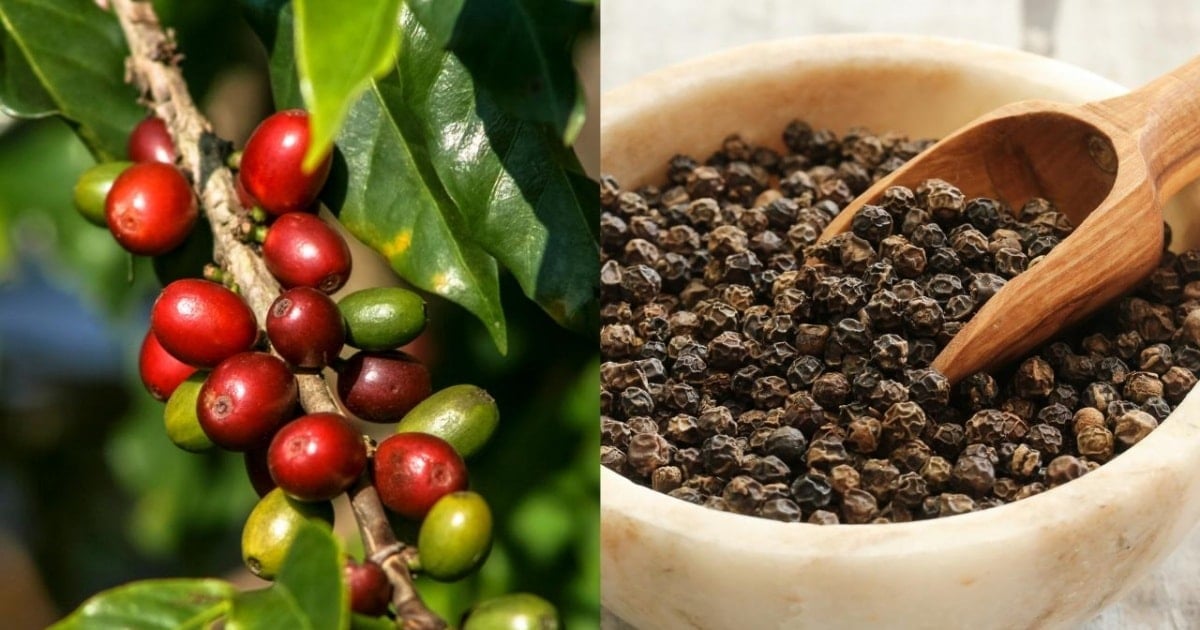

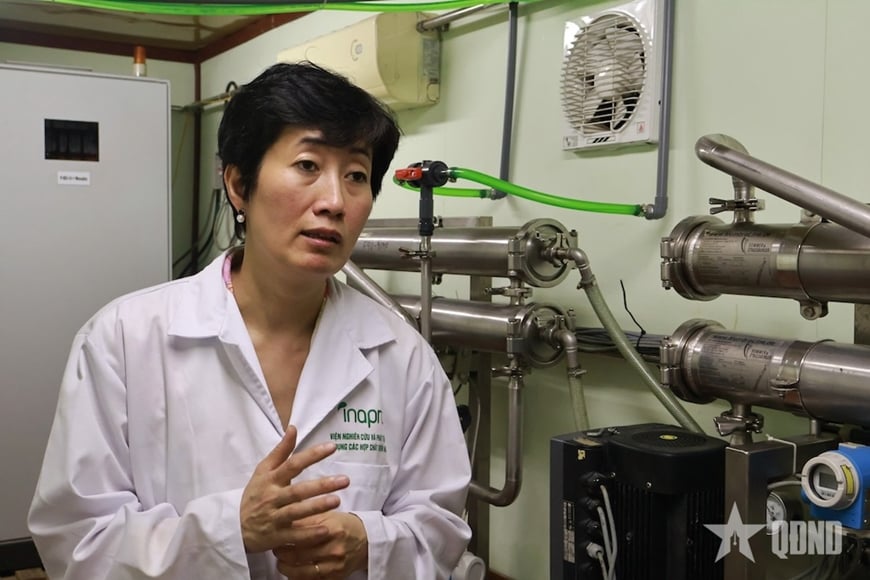

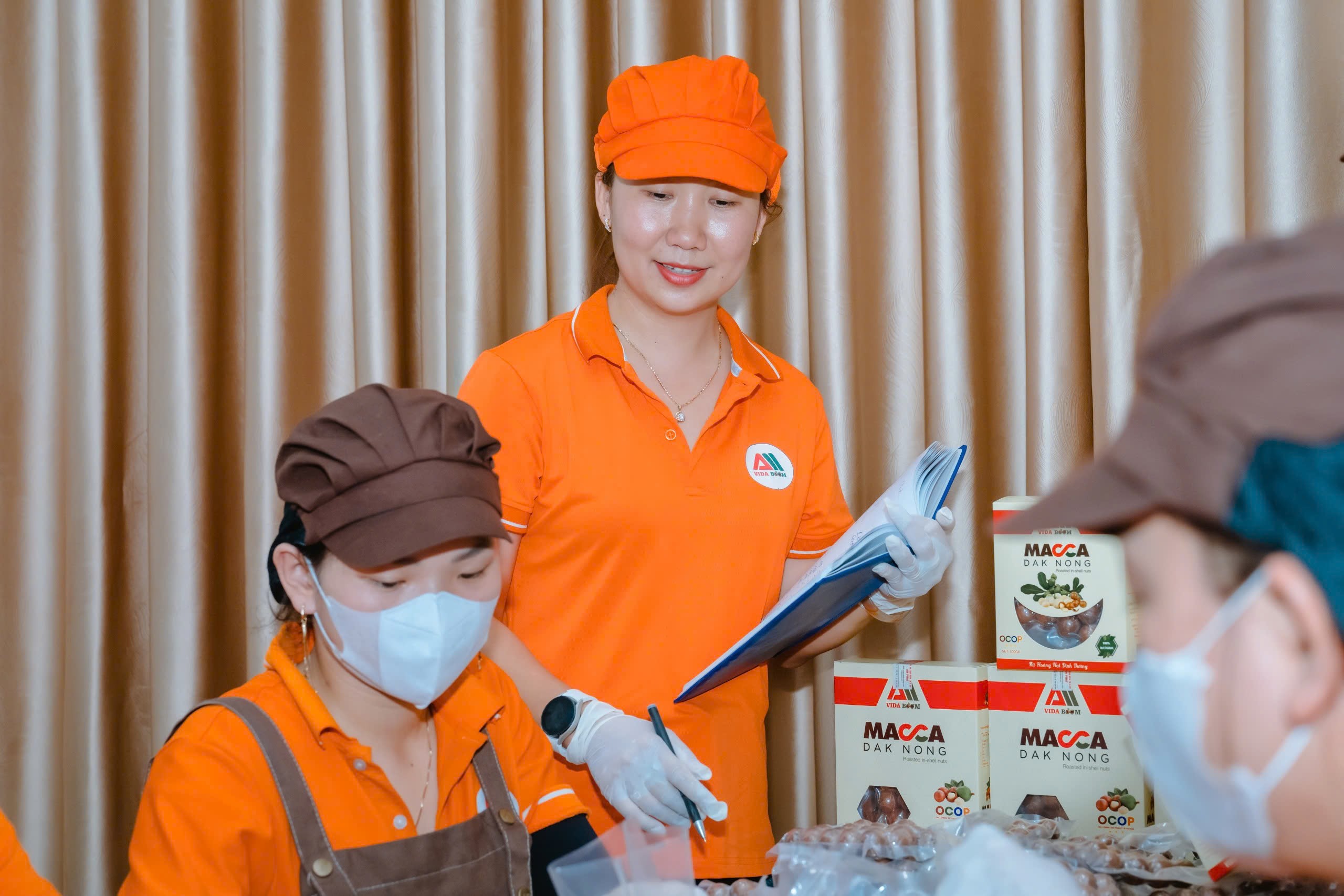



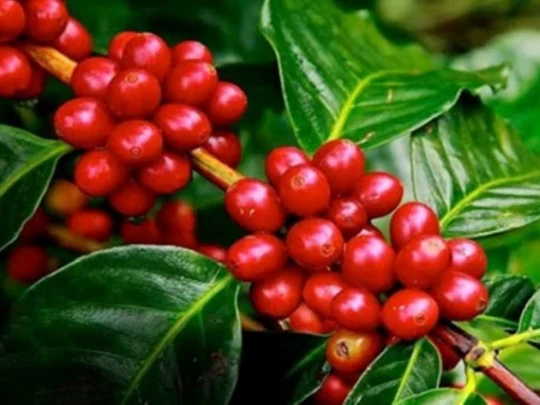

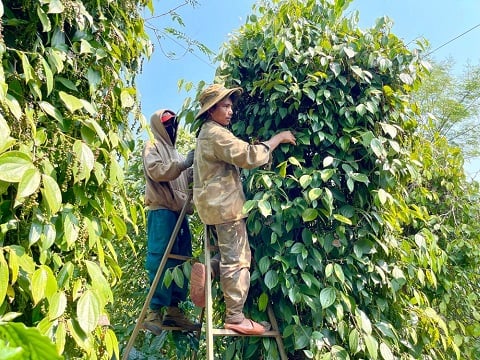
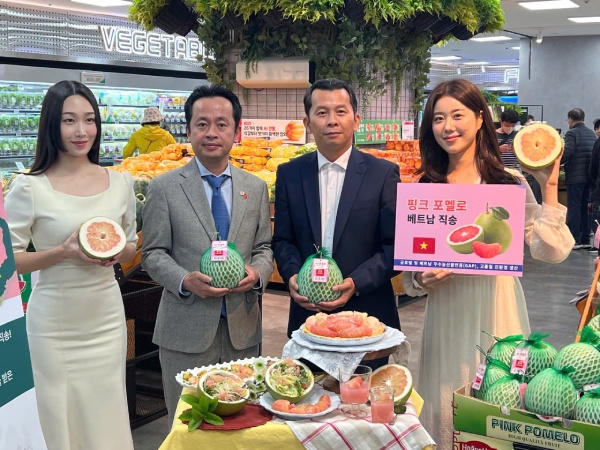

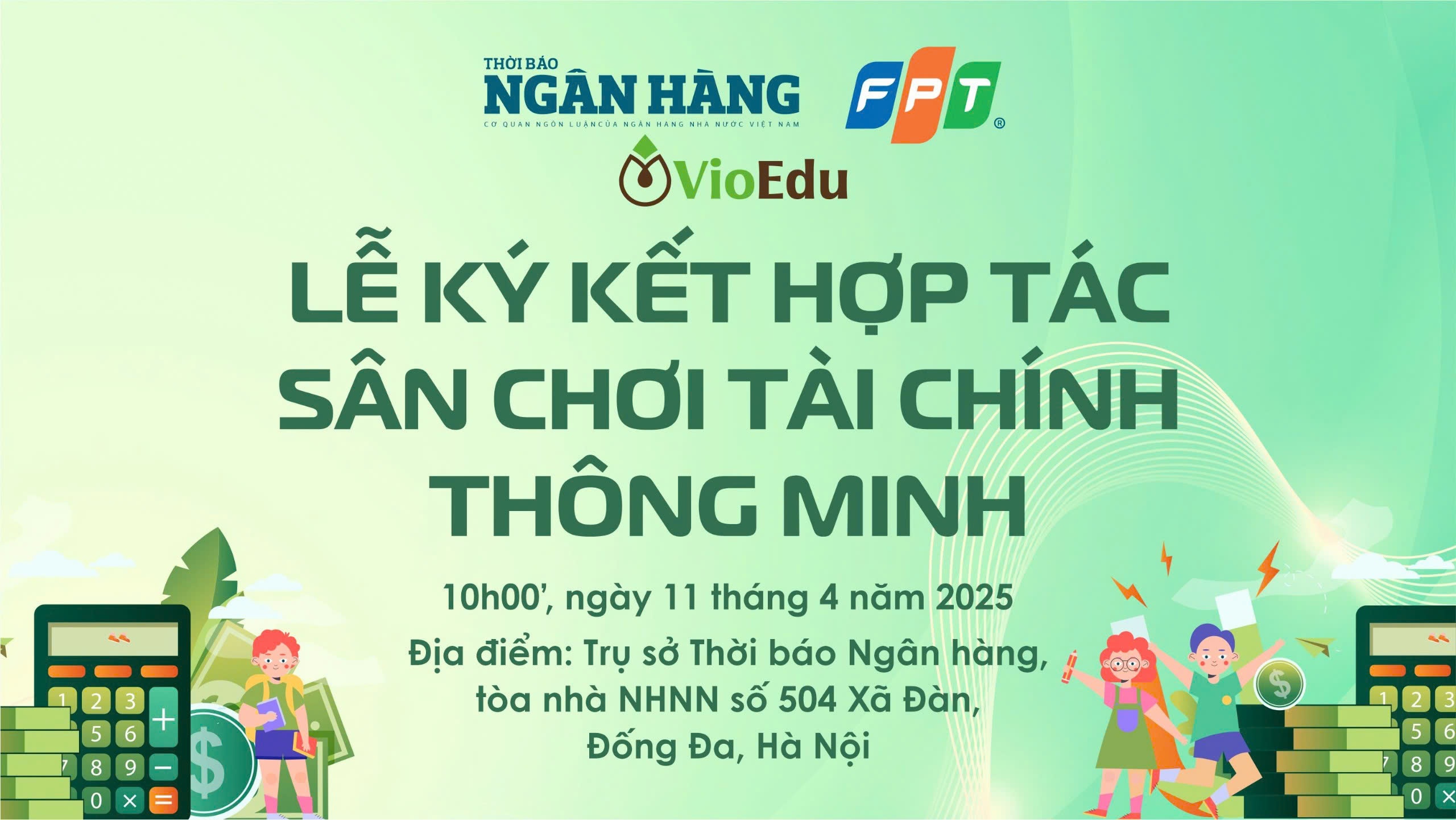
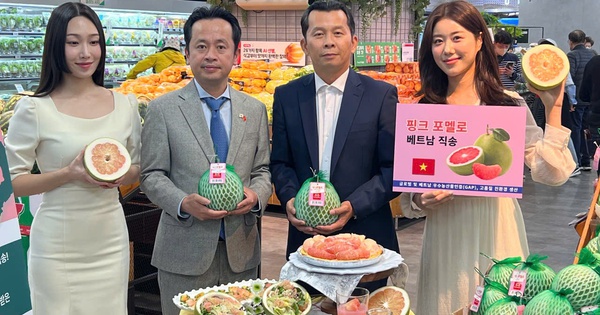

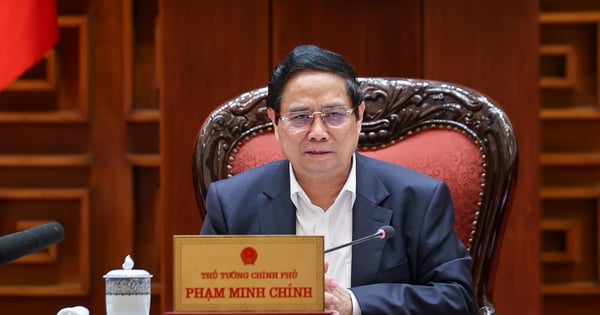




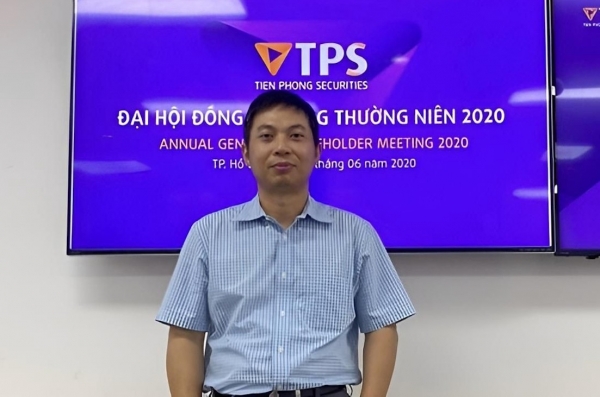
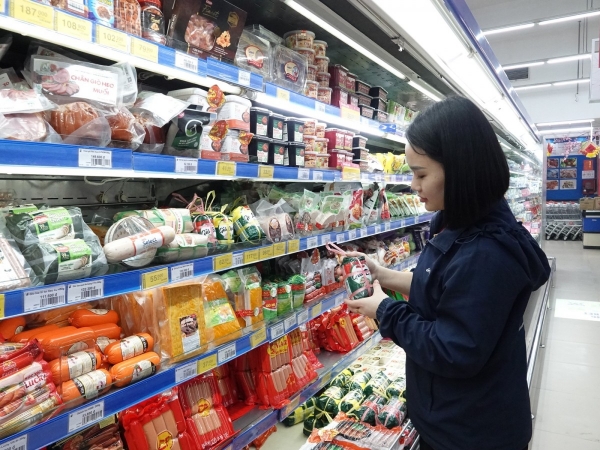
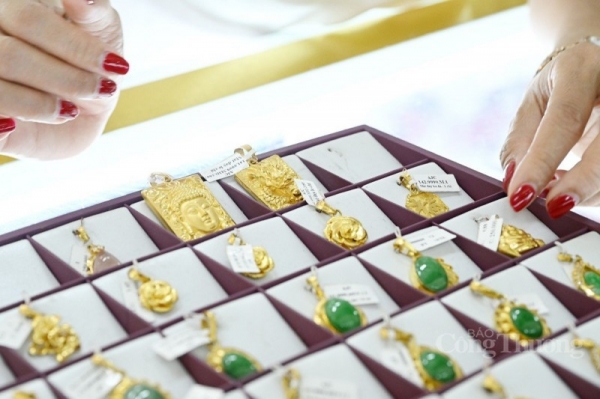
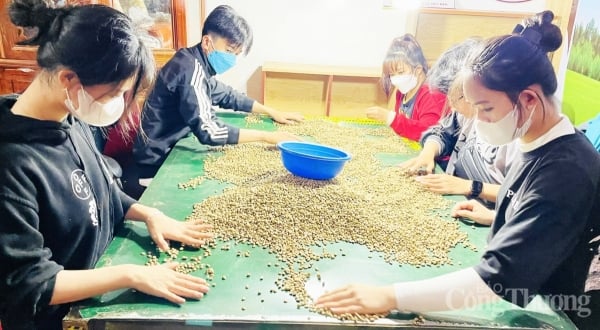
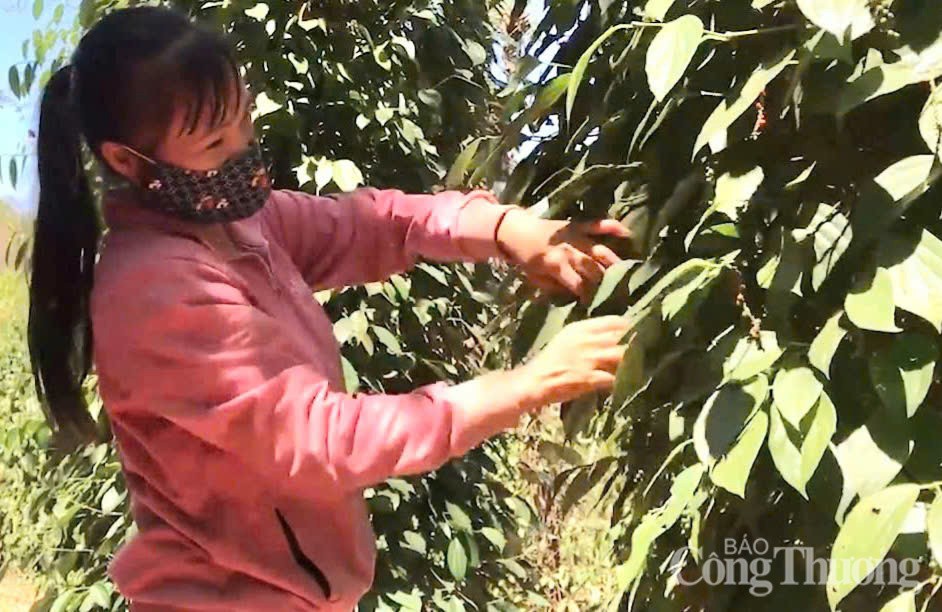
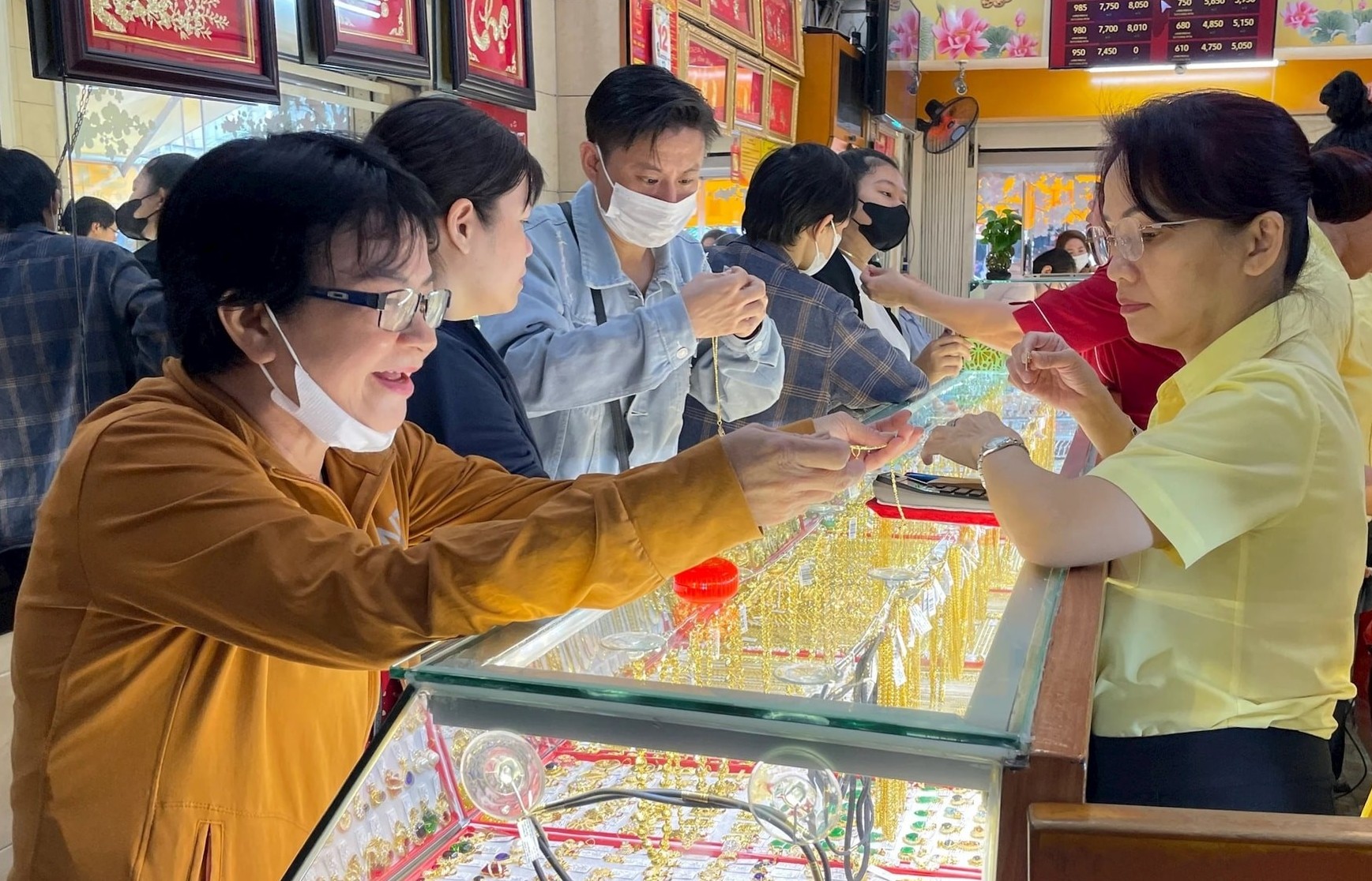

















































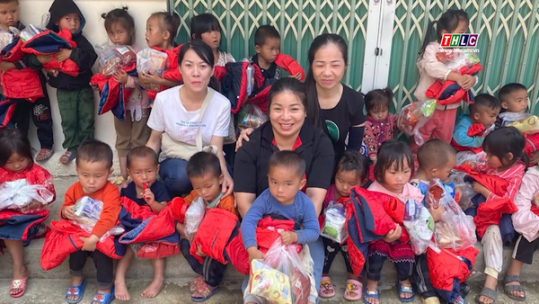
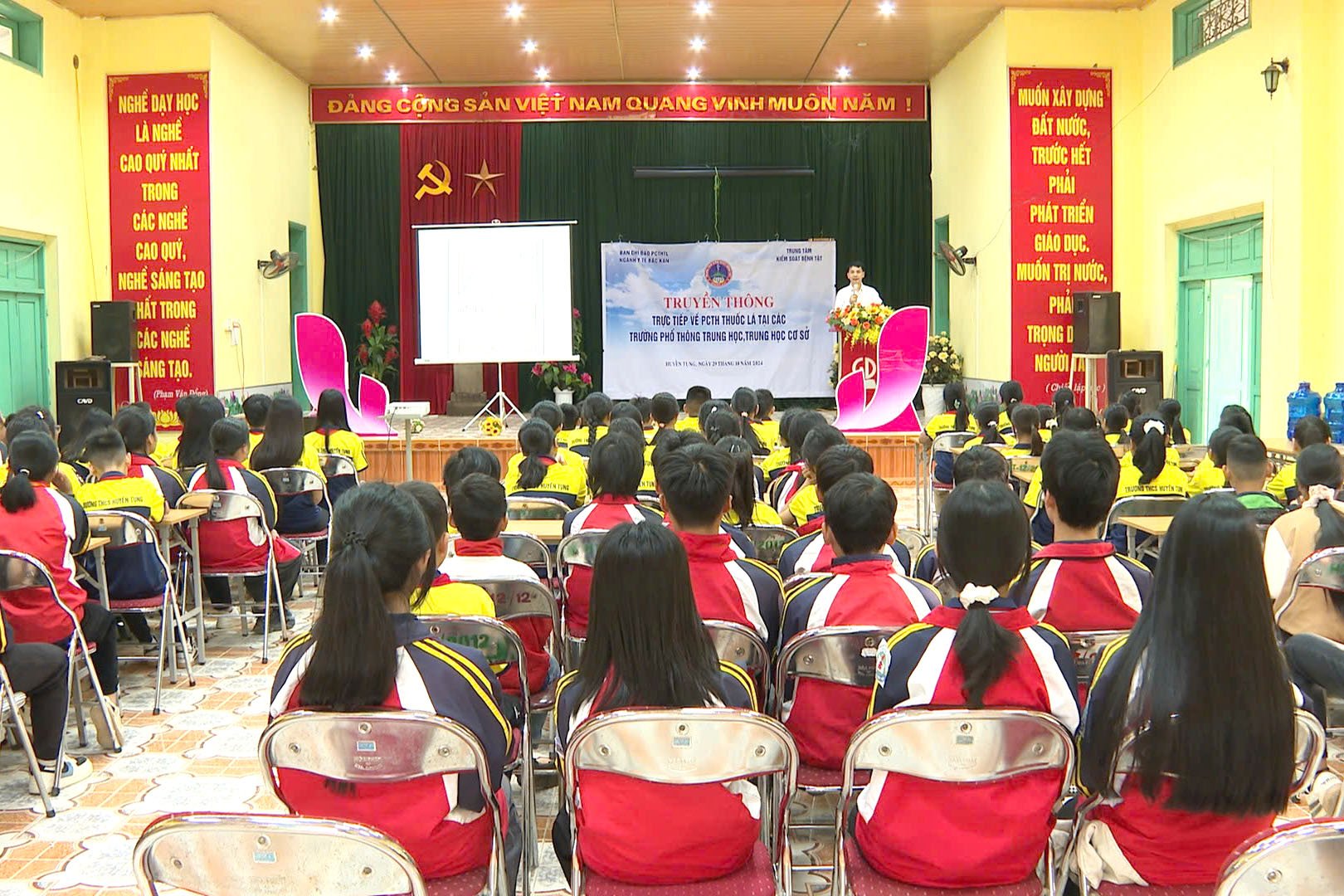
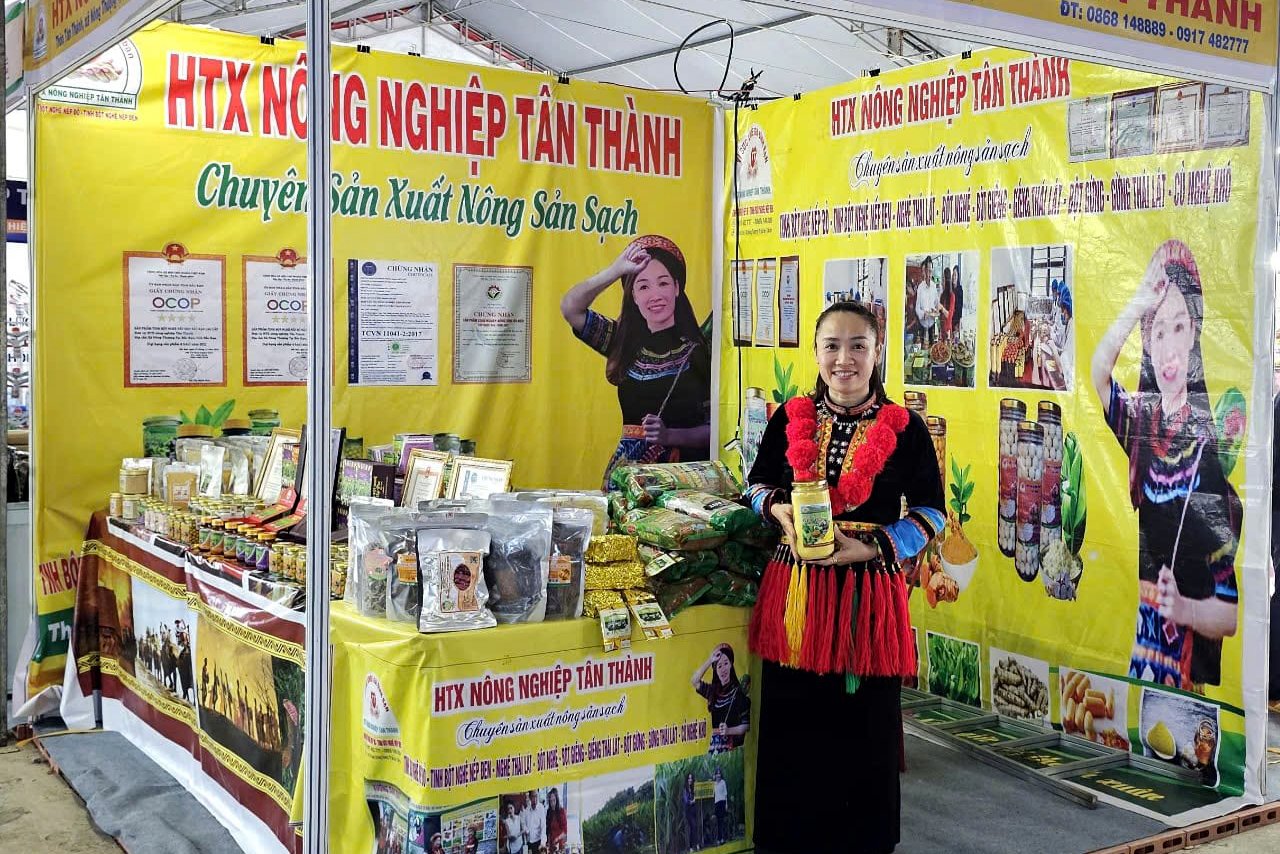
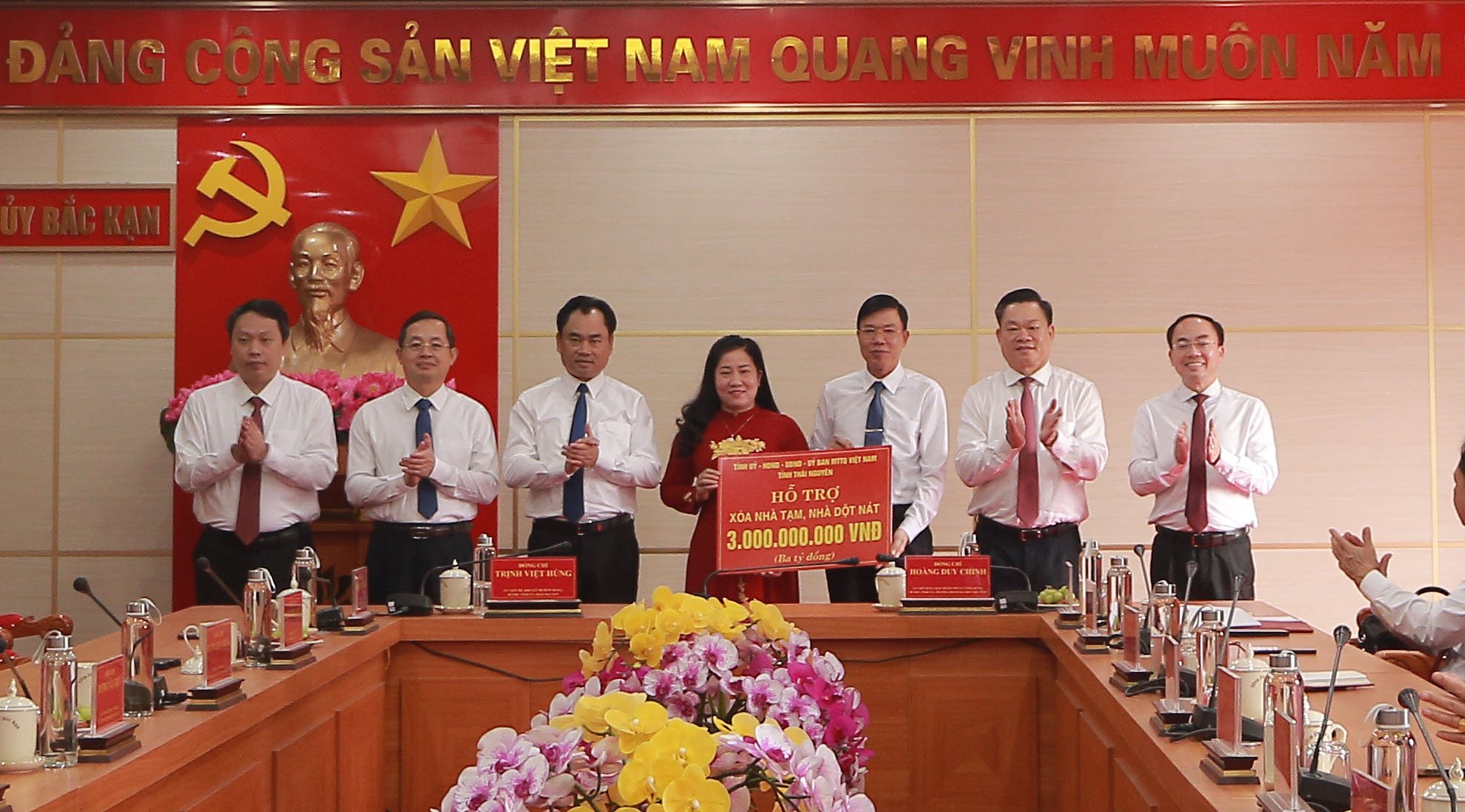
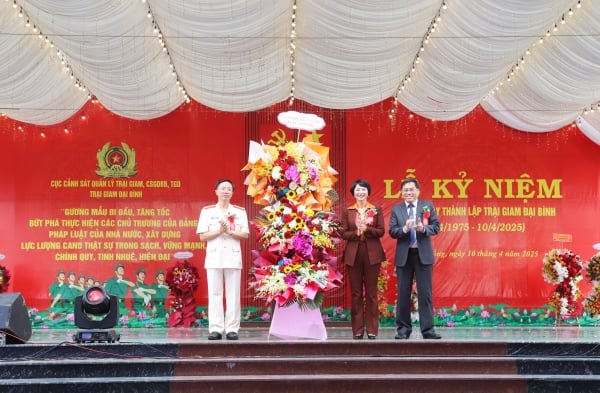








Comment (0)